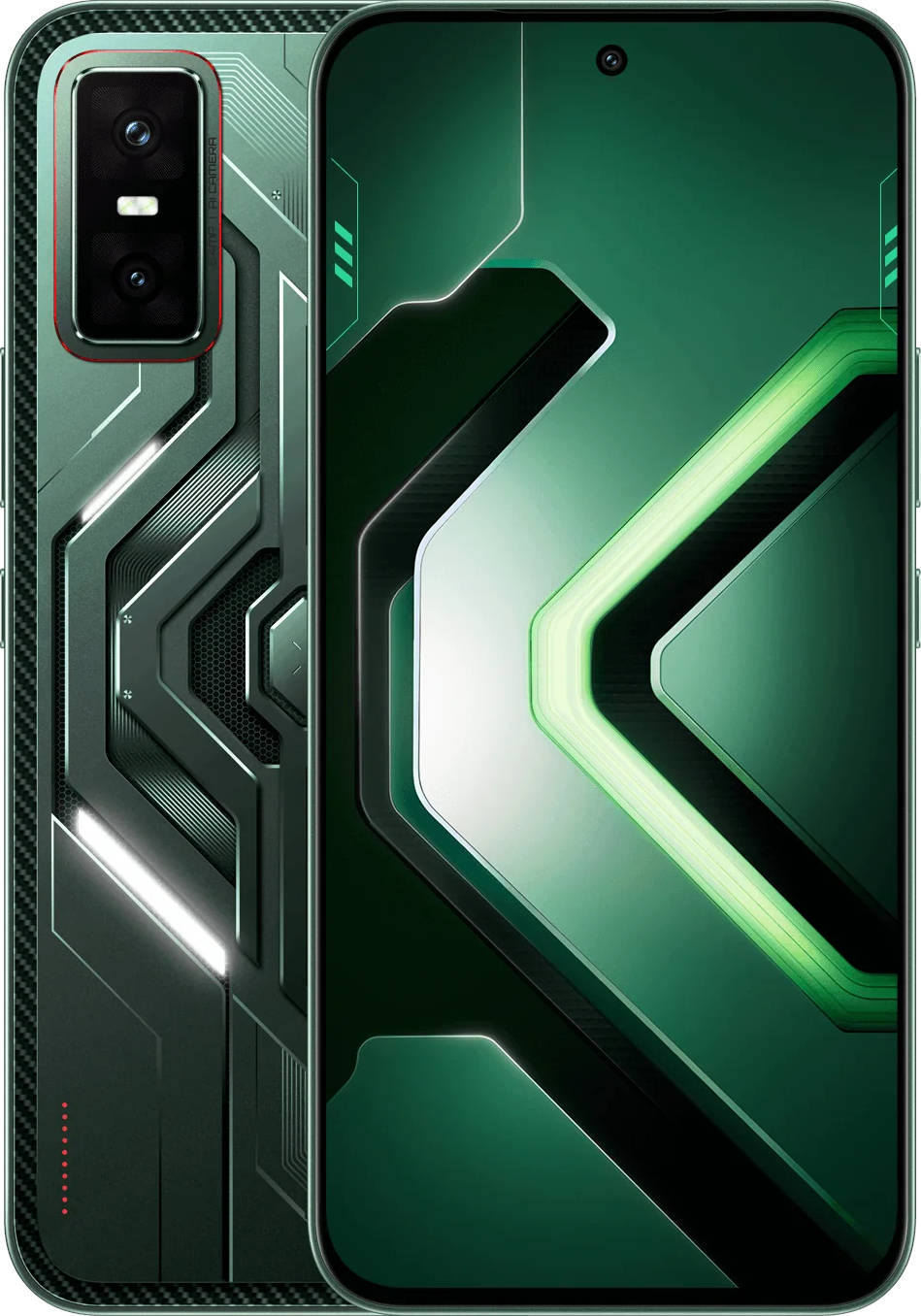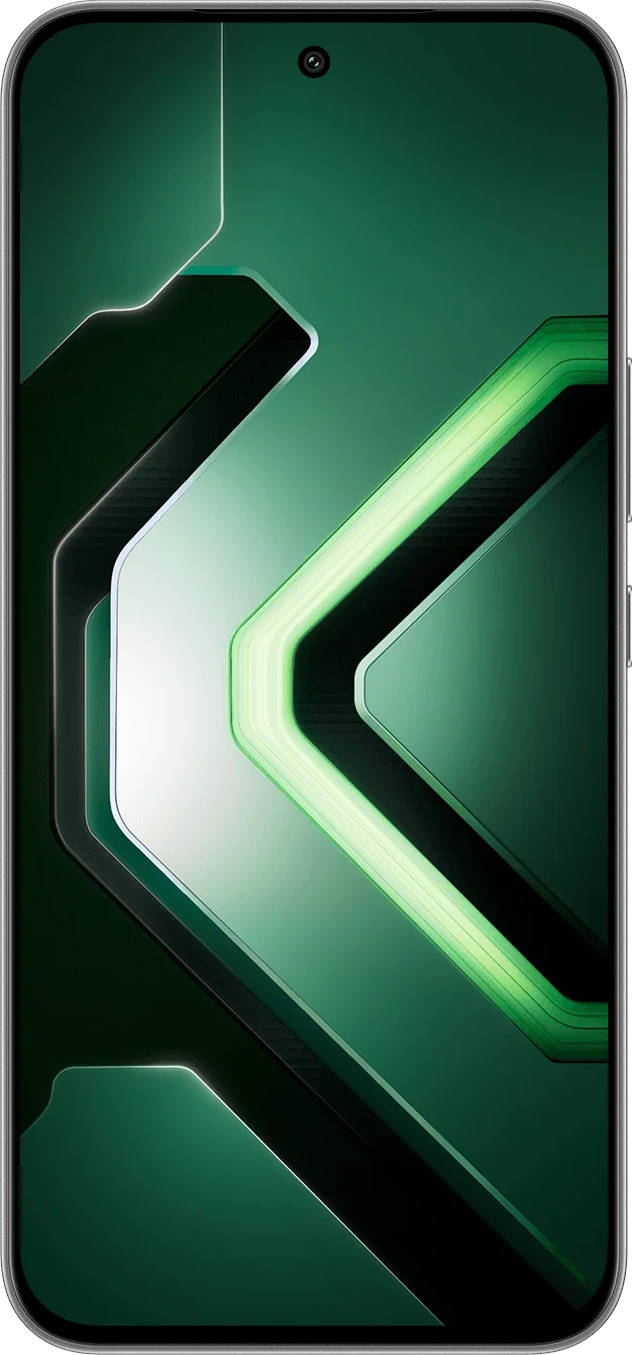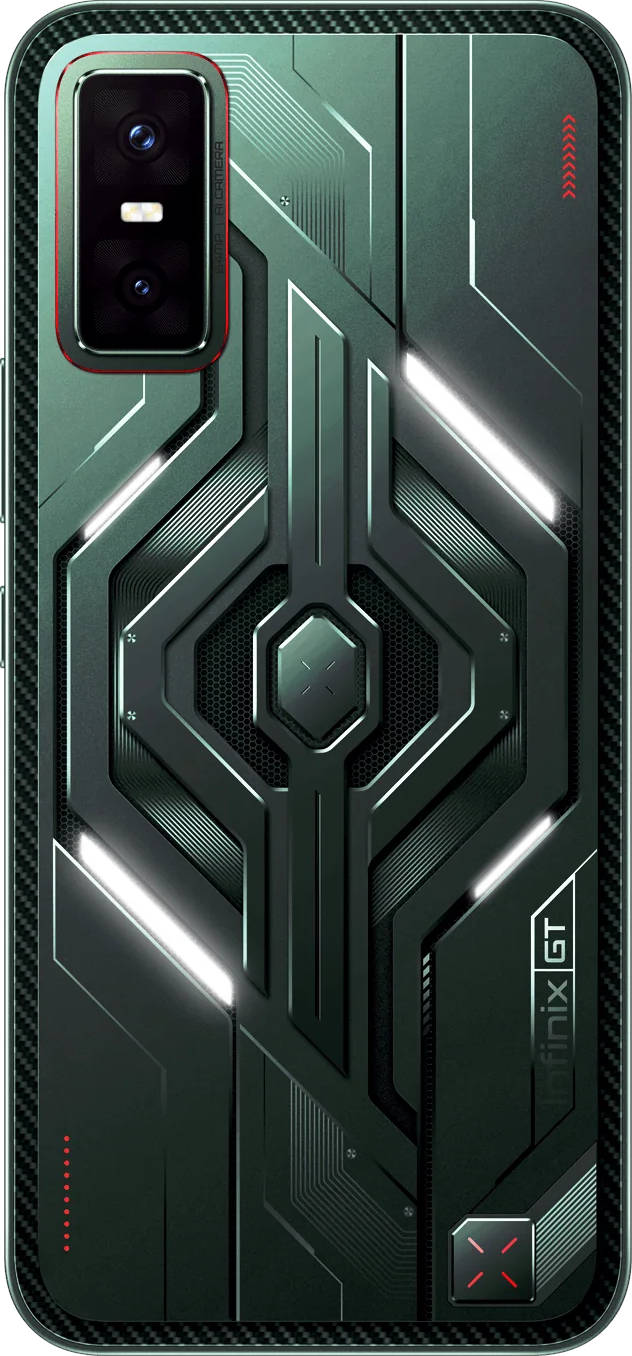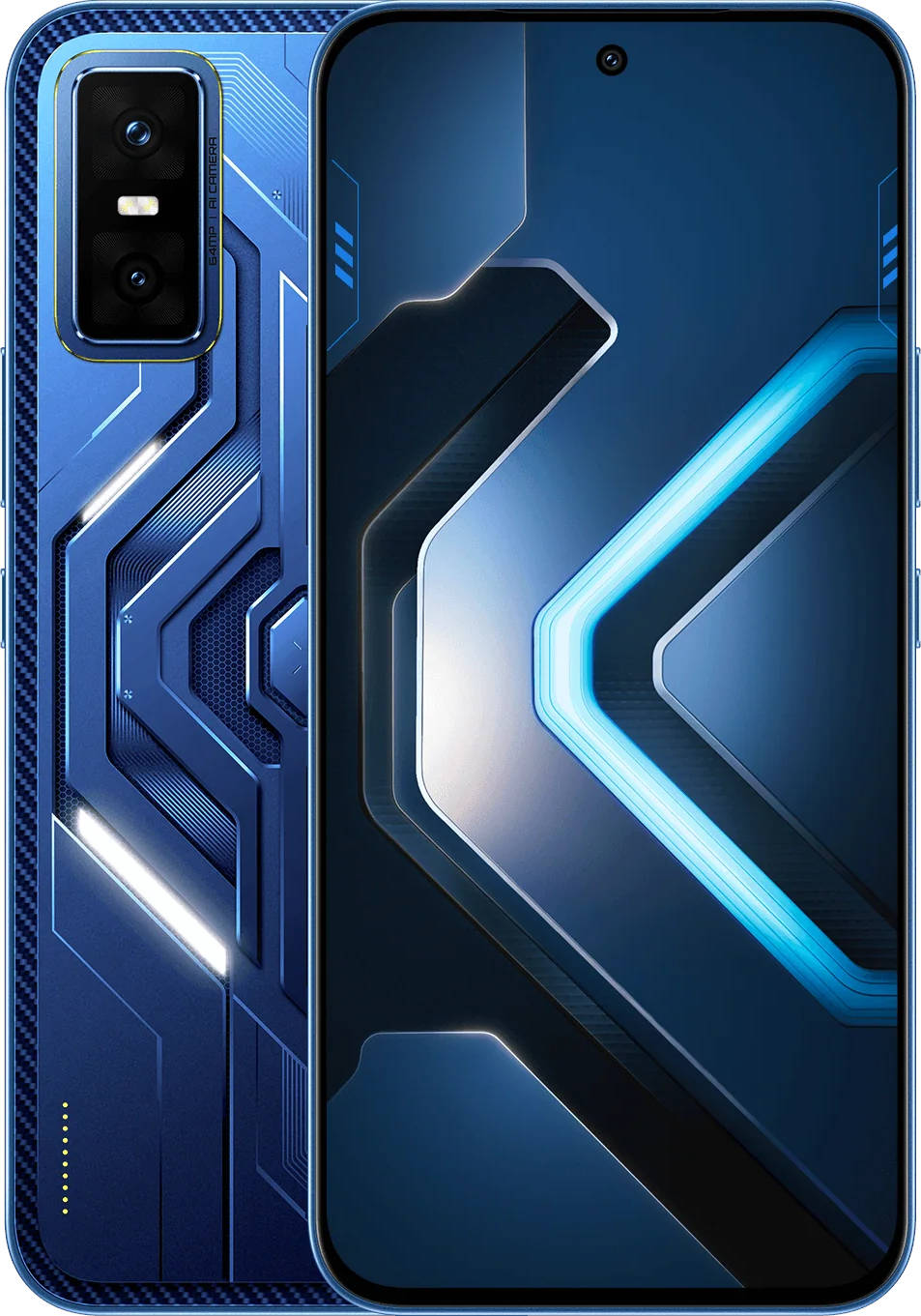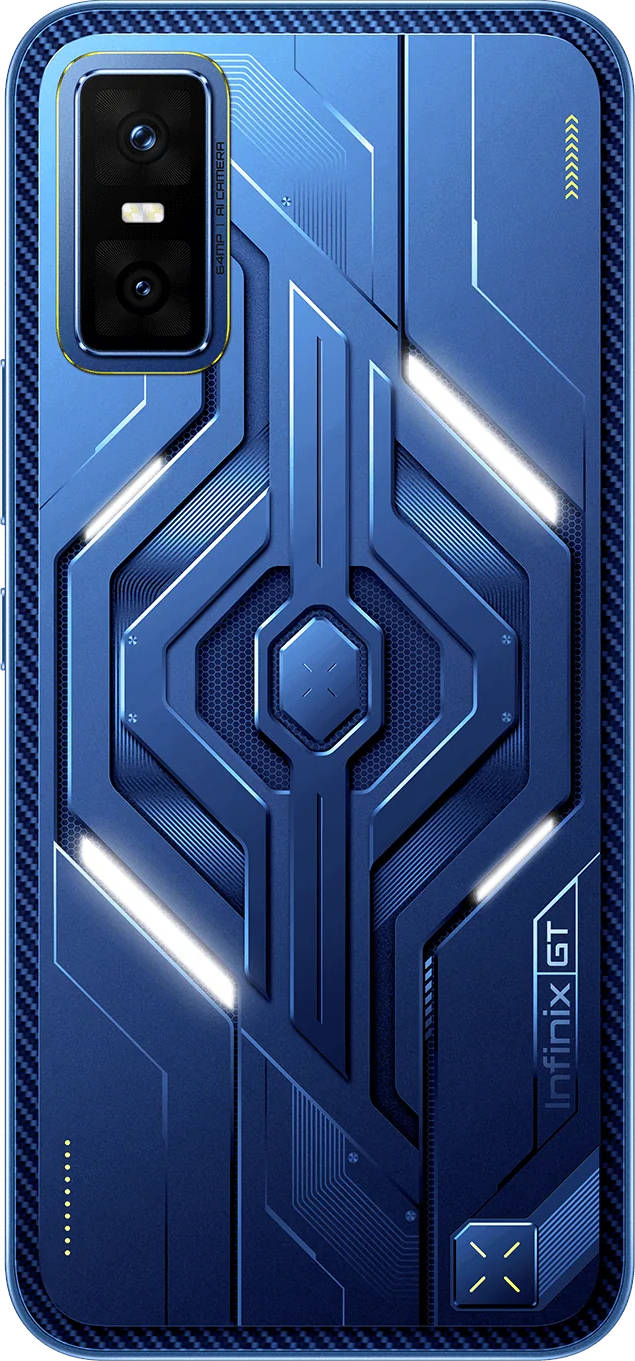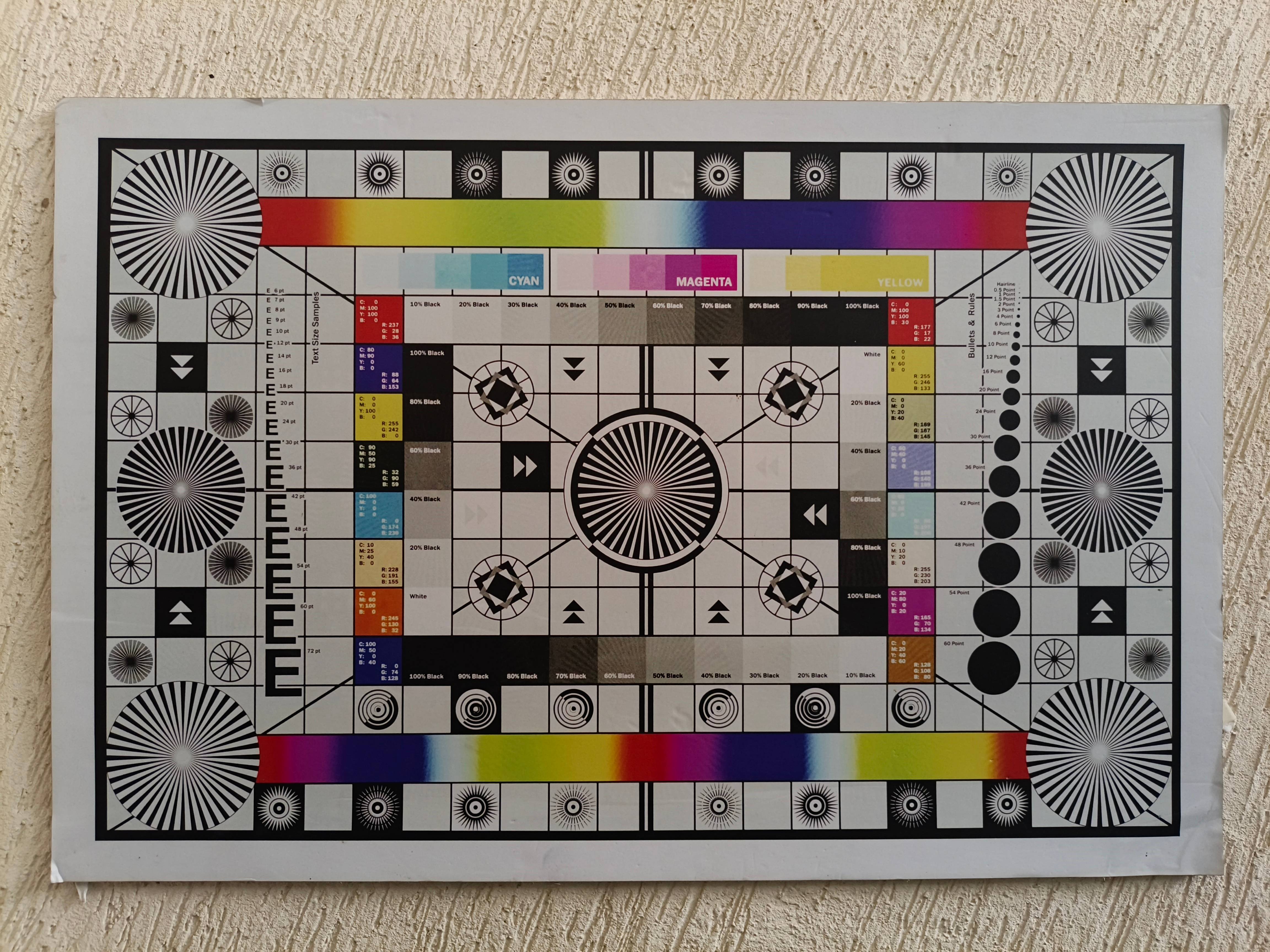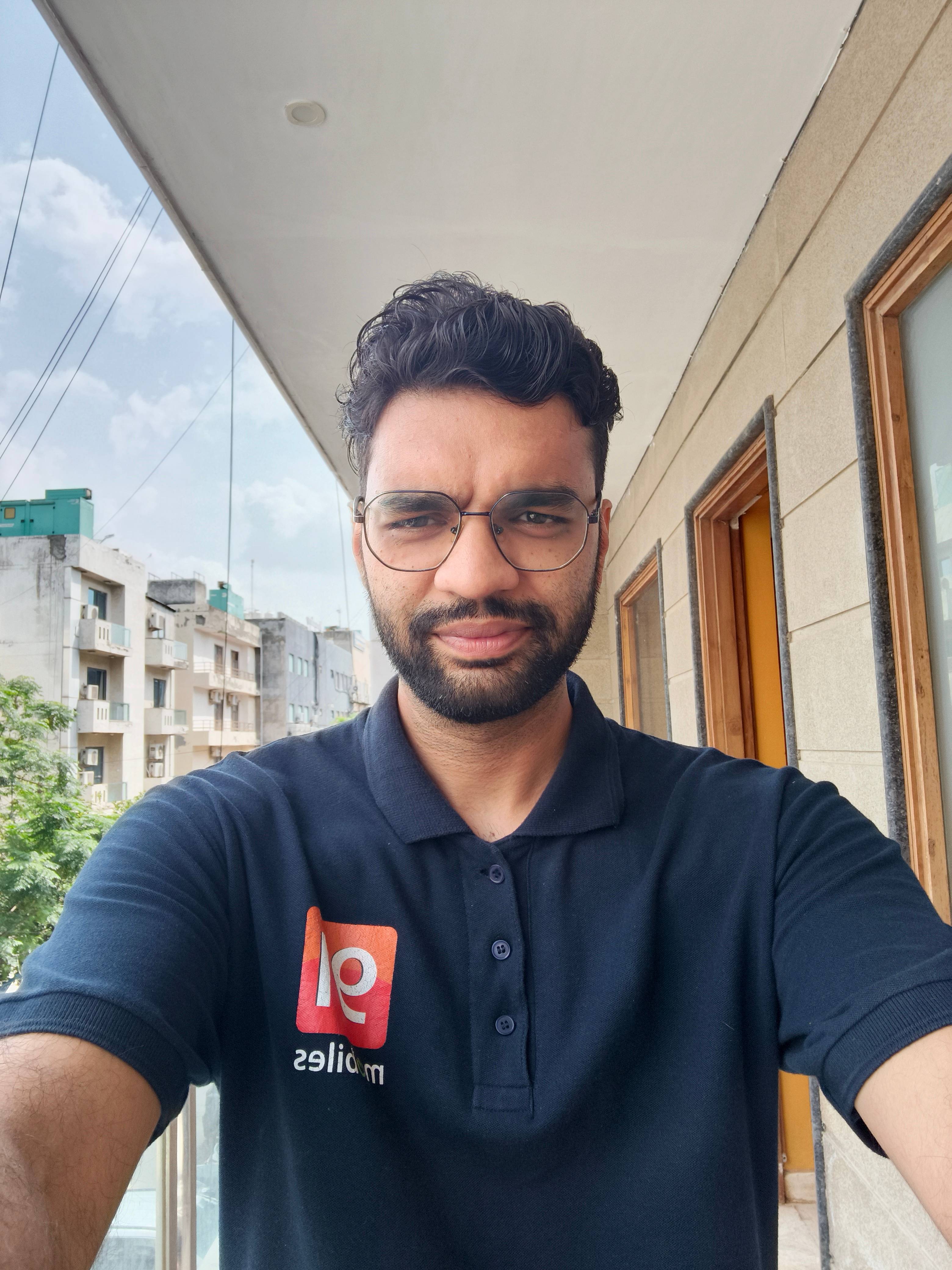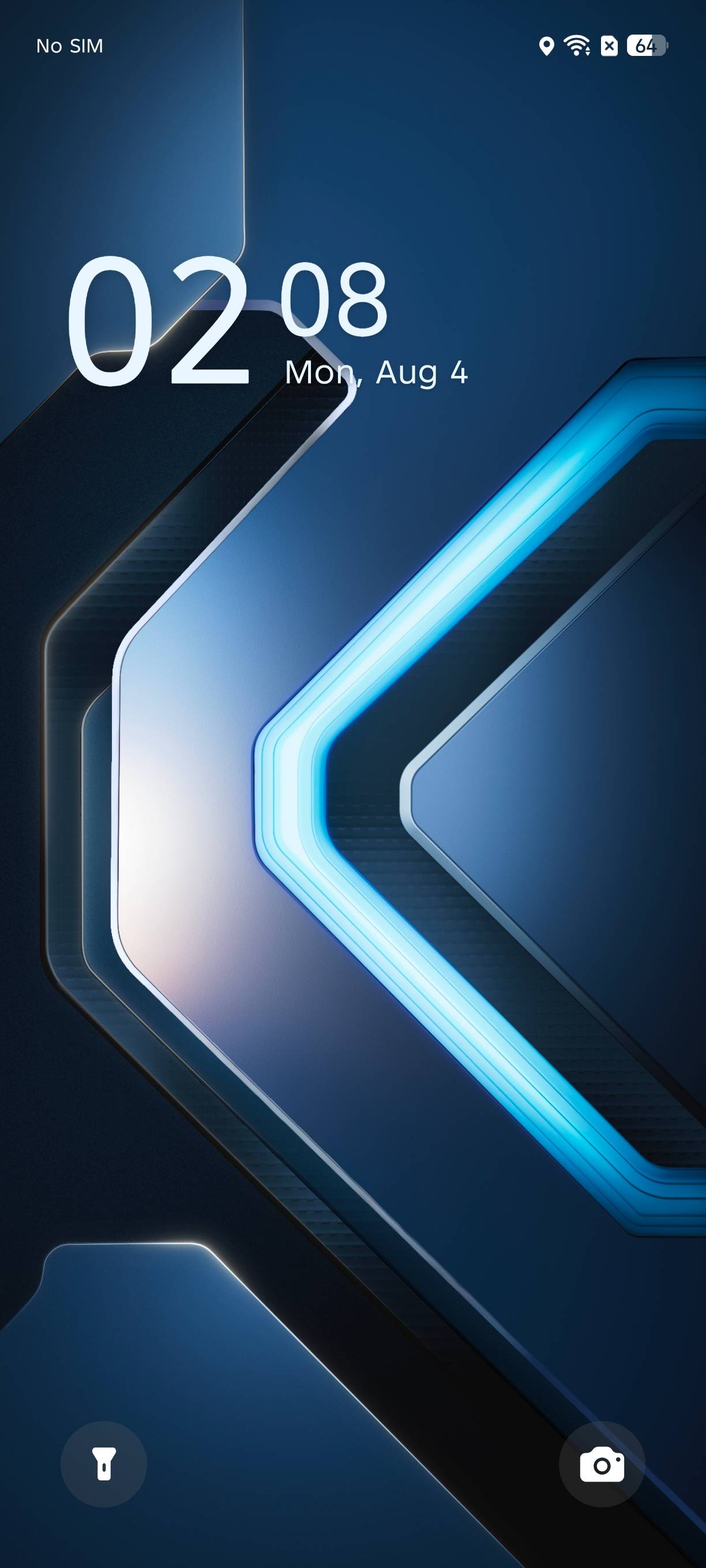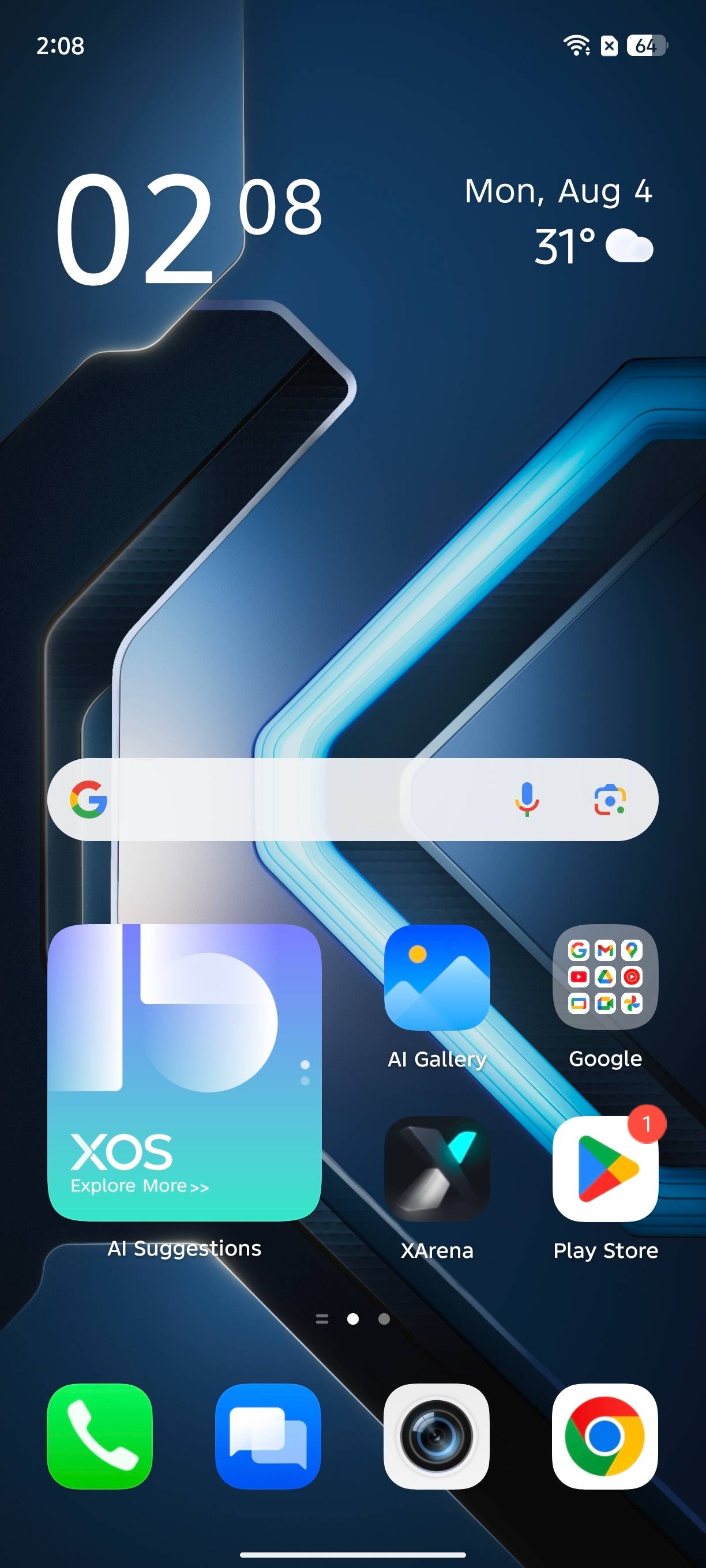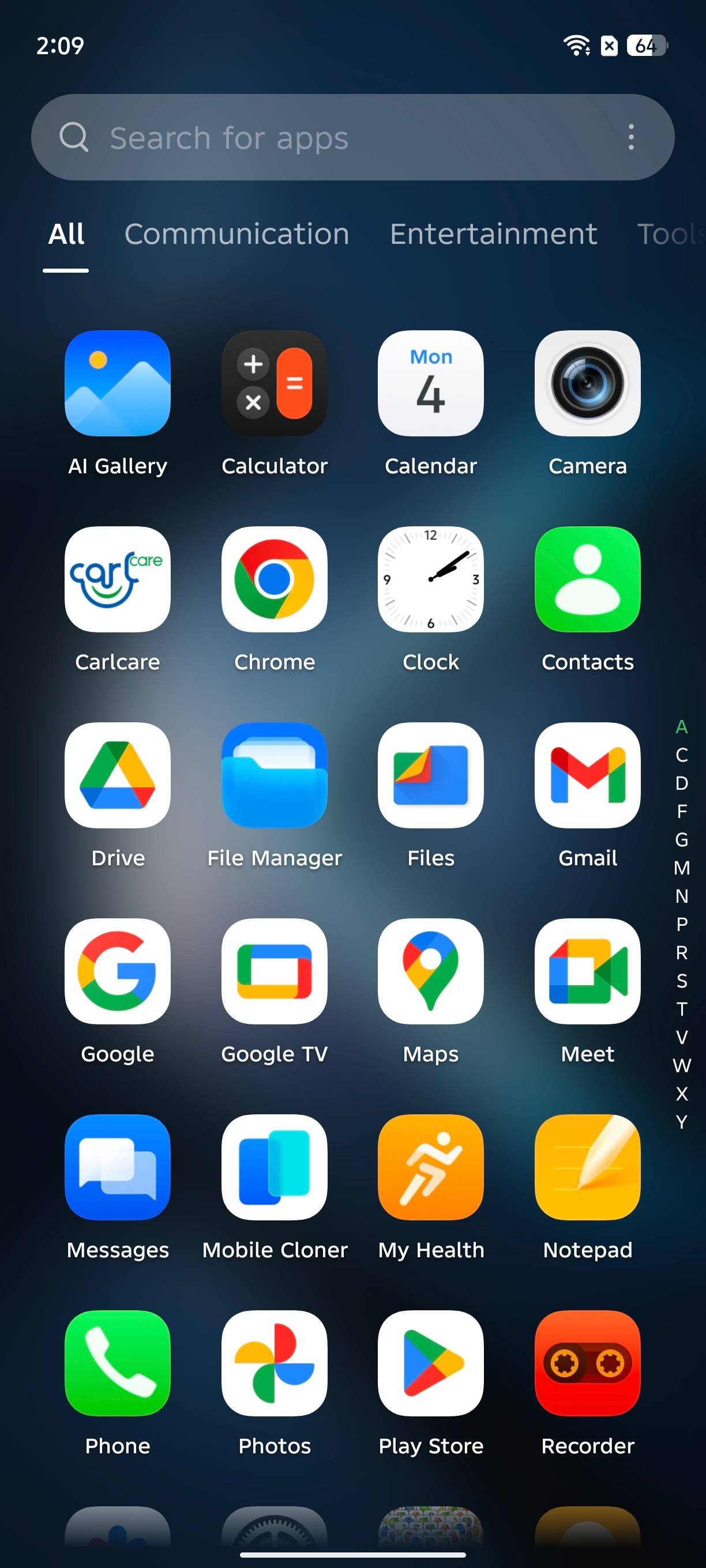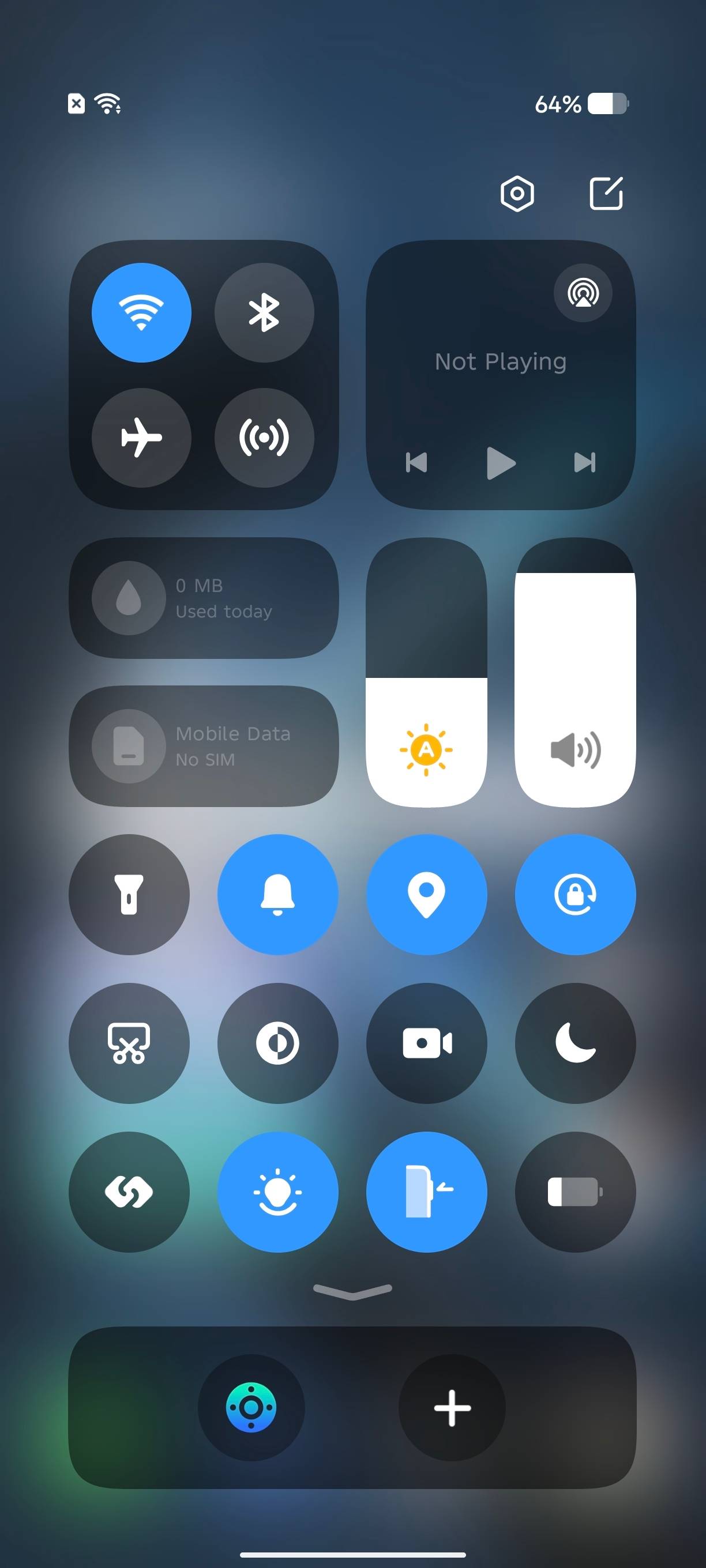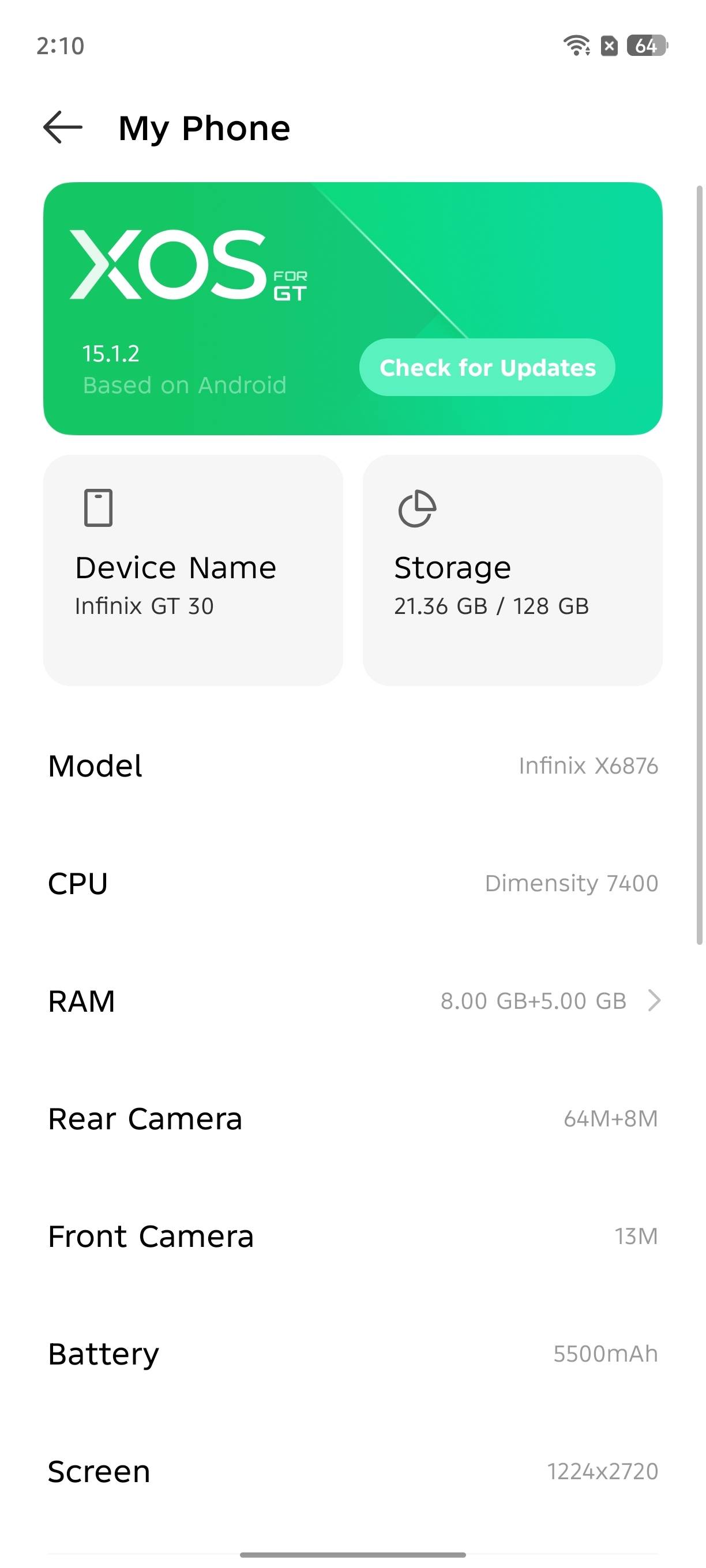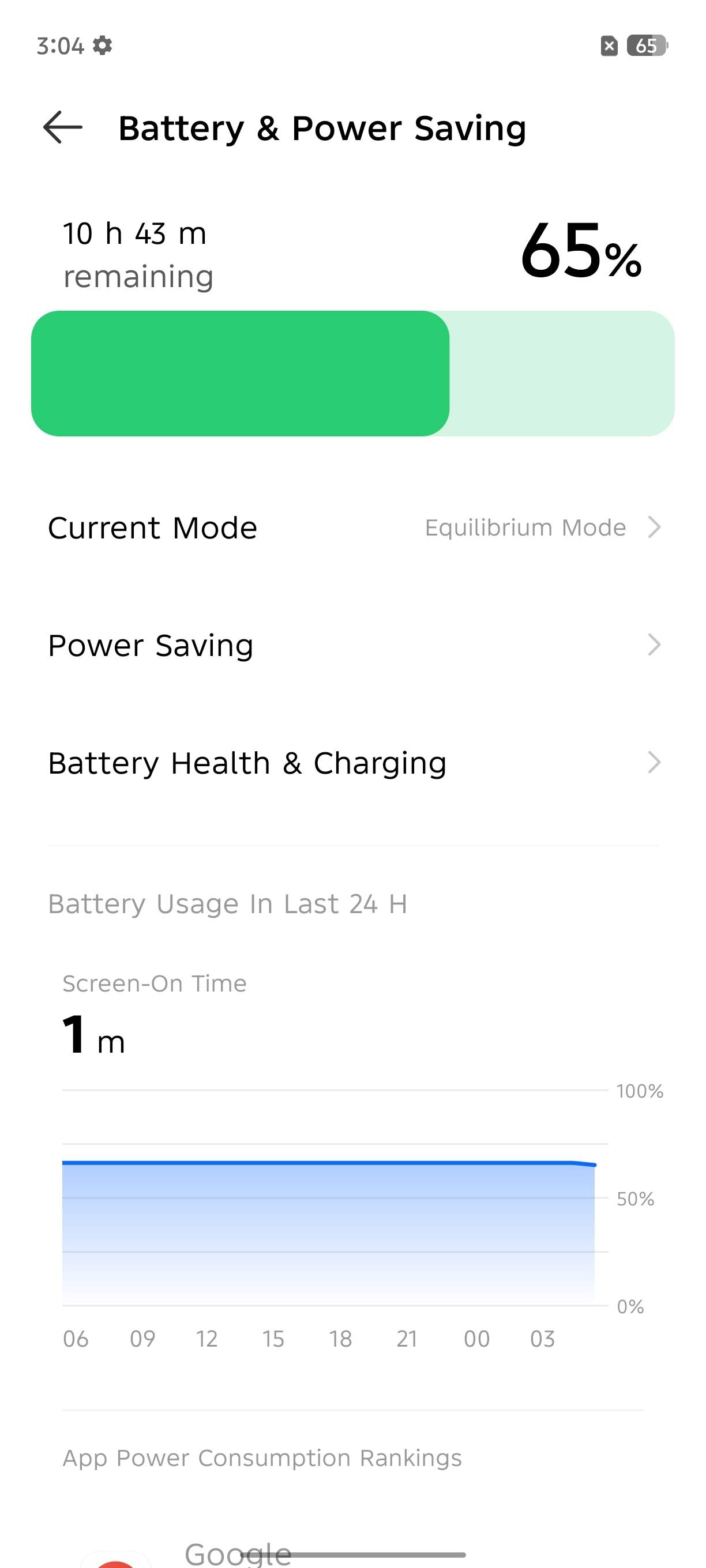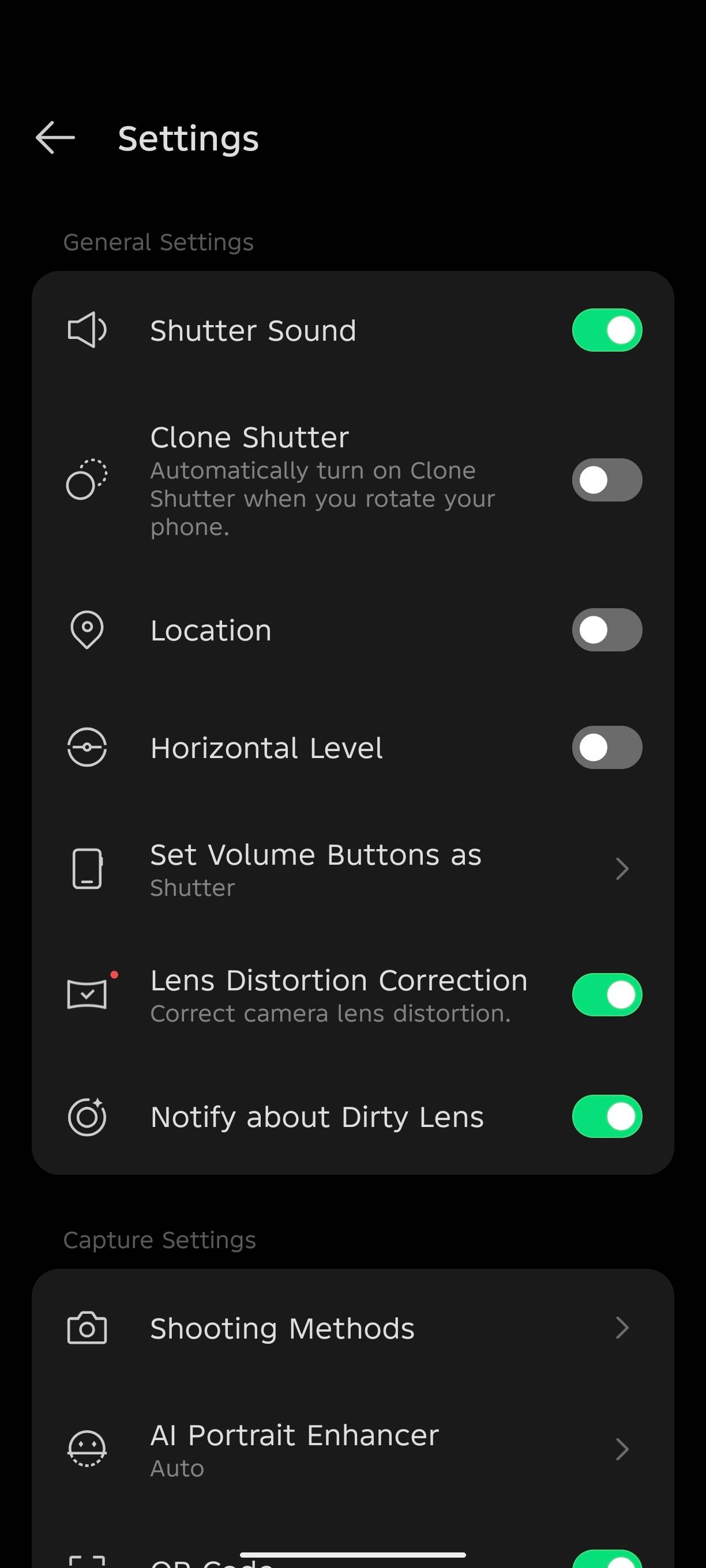
Infinix is sharpening its focus on gaming with the new Infinix GT 30, a sub-Rs 20,000 smartphone built with input from the gaming community. As the company expands its GT lineup, it’s also pushing to establish itself as a gaming-first brand, not just through hardware like shoulder triggers and high-touch response rates, but also through AI features, community feedback loops, and ecosystem play. In this interview, Anish Kapoor, CEO of Infinix India, breaks down the brand’s gaming strategy, upcoming products, and how it plans to stand out in a crowded market.
Check out the interaction below:
D2: Let’s start with the USPs of the Infinix GT 30 and then move on from there.
AK: While we’ve been launching the GT series for some time — now in its third generation — we realised that, despite receiving a lot of positive feedback on what we’ve been delivering, there’s still an audience under the Rs 20,000 segment we hadn’t tapped into.
We actually started our GT journey at a price point below Rs 20,000, and we’ve seen plenty of feedback on social media. Gaming, in particular, is really growing as a culture in this country right now. So, our idea was simple: expand and see how GT performs when we take it to a broader audience.
While we’re doing this across categories, the intent with GT is clear — to offer a very capable gaming device. Bringing GT-style triggers below Rs 20,000 is something no brand has done. Typically, people have to invest significantly more to get that level of hardware. This felt like a natural extension for us — to bring GT into this price point.

We’ve retained most of the features of the GT 30 Pro in the standard GT 30. That said, there are two main changes: we’ve moved from RGB lights to a simpler lighting effect, and refreshed the colour scheme and detailing, adding new colours to build excitement.
This is easily one of the most capable gaming phones you’ll see, with plenty of AI built into the gaming experience. People often ask, “What does AI really do in gaming?” Well, take something as small as a voice changer — younger users often create a different persona when they play, so we’ve added our “Magic Voice Changer” alongside eSports and performance modes.
We’ve also added AI-driven touch adaptation. Based on your touch patterns — where you press, how you swipe — the system adapts and boosts responsiveness in those areas. These algorithms are built into the phone to enhance real-time gameplay.
They’re small things, but the feedback from the community has been strong. These features really resonate with Gen Z, who see gaming as part of a new cultural wave.
Beyond AI, we’ve included features like Circle to Search, a voice assistant, writing assistant, and call assistant — going beyond the usual camera-focused AI enhancements.
In terms of cooling and haptics, the same high level of detail from the GT 30 Pro has been carried over here. We’ve also added a Sony camera based on user feedback, broadening appeal, and introduced a natural colour variant — less “gaming-like” — just to see how the market responds to a more differentiated design.
So that’s the GT 30, and how we’re looking to take the GT series to the next level.

D2: Gaming is something I want to discuss more from a brand perspective. A few brands have taken a similar approach. We know gaming is on the rise, we know how passionate the community is, and we’ve seen that first-hand. We’ve organised several community events with gamers and seen just how excited and passionate they are.
And as I mentioned, a few brands are working to make inroads into the gaming space. So, what is Infinix bringing to the table for the gaming segment, and how is it setting itself apart from others?
AK: I think most brands are saying, “We also do gaming.”
For us, as a brand, we are building a gaming device. We’re not just creating one more phone — we’re talking about putting an entire gaming ecosystem into play.
Gaming will cut across all the devices we launch. For example, earlier this year, when we began our gaming journey, we launched the Infinix Note 50X — probably the first phone to offer 90 FPS gaming and a Dimensity 7300 SoC at a super-aggressive price point.
From our Discord community and overall user feedback, we know there are gamers at every level. Gaming today has become aspirational — new teams are emerging, and players who weren’t doing much earlier are suddenly winning tournaments and being treated as celebrities within the community.
There are many people who want to be part of this journey, but with limited means. The challenge is: how can they get into gaming at different price points? This is such a large and diverse community — not just hardcore gamers, but also mid-core and casual players — that we felt it was worth focusing on.
Our differentiator is that GT devices are built from the ground up by gamers. We don’t just create; we take direct inputs from the gaming community to design them. From a design standpoint, think of it like this: if you’re driving a sports car, you expect it to look and feel like a sports car. If someone says they have a Ferrari but it looks and feels like an SUV, it just doesn’t connect. Gaming is the same — it’s about identity. Gamers want their devices to reflect who they are. That’s why each GT device is carefully crafted in terms of CMF (Colour, Material, Finish) to excite consumers and make them stand out as gamers.
We’re also working closely with BGMI and others to validate the capabilities of our devices — from FPS performance to touch responsiveness and haptics. We ensure these are tested, validated, and certified by the right partners. Not many brands actually go through this level of validation. For us, this is a complete journey — creating devices that are fully optimised for gaming.
D2: Is Infinix trying to do something on the community front as well?
AK: We actually have one of the biggest communities on Discord — probably around 40,000 members already — making us, in fact, the biggest in the smartphone category right now.
This is a community that truly believes in what we’re doing. There’s constant feedback, extensive beta testing, and real user input, all of which help us create the right story and gather the kind of insights we need to build a true gaming phone. Unlike other brands that try to do everything, we’re carving a niche for ourselves in this space.
If you think gaming, we want you to think Infinix — because we aim to be the first to offer a genuine alternative with a complete, wholesome gaming experience. It’s not just about having a great processor; every element is optimised for gaming.
D2: From an overall product and brand strategy this year, what can we expect from Infinix?
AK: So, Deepak, I think we’re probably at the fag end of the year in terms of launches. But still, Diwali is when most of the launches happen, followed by a long gap — that’s how the cycle usually works.
This year, we’ve launched the Note 50 series, which has done quite well for us: Note 50, 50X, and GT 30 Pro have already been unveiled, and now the GT 30 is coming next. We’ll also soon be launching another device — the Hot 60i — which will also be a 5G offering.
So, more or less, these six or seven devices will cover all the price points we want to target for now. In other categories, TVs remain one of our core focus areas, and we continue to work there. You’ll see some special offers on our 55- and 65-inch models for Diwali.
GT Buds, by the way, have been launched and are gaining good traction — they extend the GT category into the gaming accessories space. In the laptop category, we’ve been a bit slower this year, but we’re regrouping, and you can expect another launch soon.
So yes, in terms of the portfolio, we’ll continue to work across these categories. But from a smartphone standpoint, after these next two launches, it will be the festive period — and we’ll likely roll out our TV plans around the same time.

D2: I don’t think gaming is a positioning you’re taking with the categories like the laptops and TVs?
AK: We’re not doing that. I think mobile gaming currently holds the maximum share in India, followed by laptop gaming. That’s why we’ve been working on the GT series of laptops, which are focused on gaming.
As I said, we probably haven’t taken a big step forward on that front this year — we’re still ensuring that, once we move ahead, we have the perfect combination for laptops as well. The GT gaming focus will continue on both laptops and smartphones, because these two make up the bulk of the market. If it’s 100%, 99% is sitting there.
There’s also the tablet category, as you mentioned. It’s still a very, very small segment, but our objective goes beyond just smartphones — it’s about enabling the whole ecosystem. That includes gaming controllers and other accessories, because people want to game in different formats. You even have controllers where you can mount your smartphone and play that way.
Right now, we don’t claim to know exactly which format will work best, but we’re looking across the ecosystem to identify the best solutions we can offer consumers. The goal is simple: they should have the best possible gaming experience, and when they think of gaming, they should think of Infinix.

D2: Well said. You spoke about the ecosystem, and I think another question that comes to mind is about the ecosystem, something a few brands are already trying. Is Infinix trying or thinking of something like that?
AK: I think the ecosystem play you’re talking about could mean accessibility— or rather, seamless accessibility— across devices. It could involve interconnectivity between devices, features like file sharing, or other functionalities. These are already in place between our laptops and smartphones.
That’s something already in progress for us, at least within the smartphone and laptop categories. But yes, it’s a natural extension to keep enhancing that experience. We’re not just selling a commodity — it’s about how well the customer experiences it.
Once they have a great first experience, they’re far more likely to consider our other devices as well. That’s why we want to make experience the core of everything we do.


